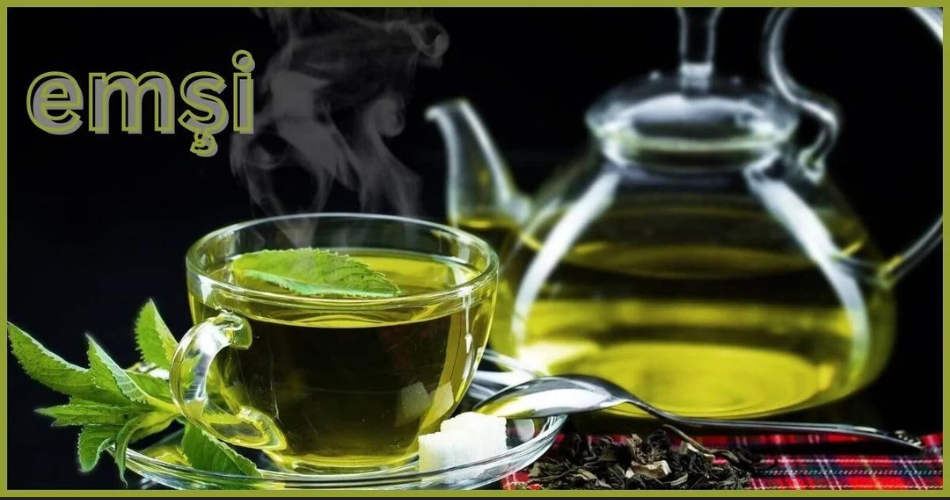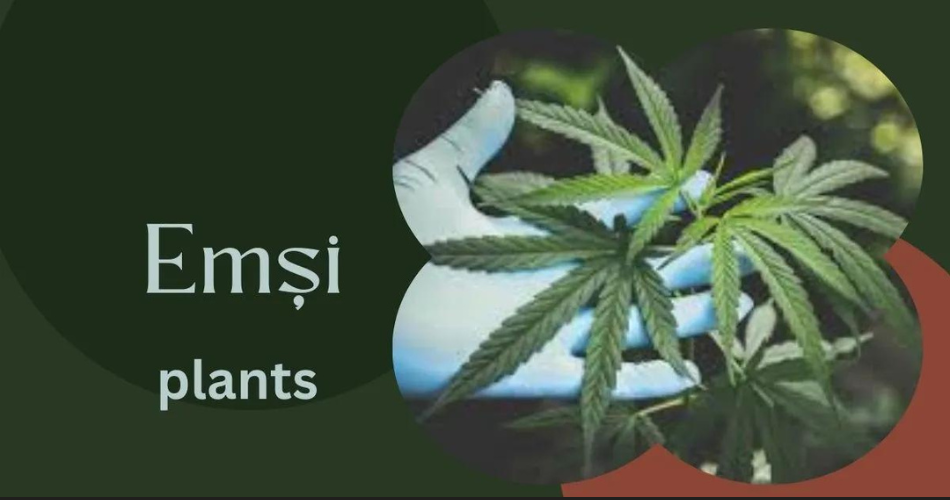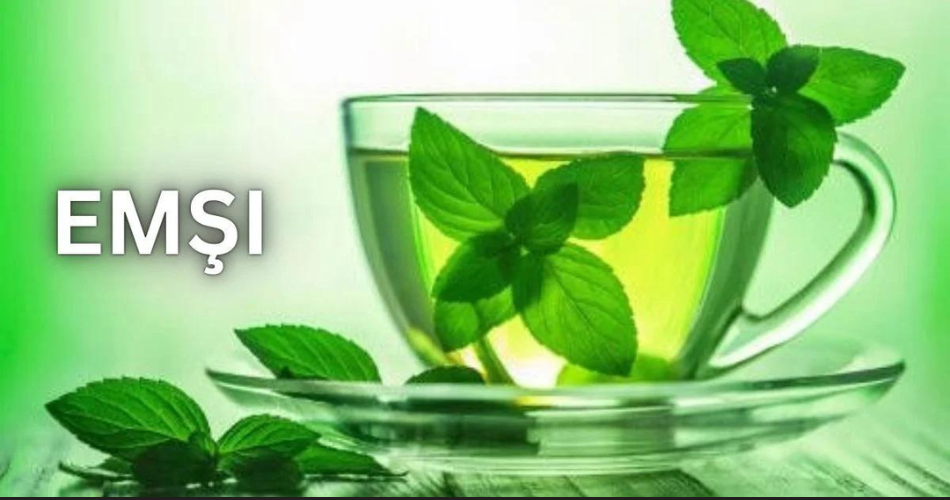Introduction
Emşi, a plant celebrated across various cultures, has a rich history intertwined with both tradition and contemporary science. Once esteemed primarily for its medicinal qualities and symbolic roles, Emşi has transitioned from a folk remedy to a topic of scientific scrutiny. This article delves into Emşi’s botanical features, historical uses, scientific discoveries, health advantages, culinary roles, economic impact, environmental considerations, and future prospects. By examining these elements, we aim to offer a thorough insight into Emşi’s enduring relevance and its evolving role in both historical and modern contexts.
Botanical Description of Emşi
Emşi is a notable annual herbaceous plant distinguished by its unique characteristics and adaptability. Typically reaching a height of [specific height in cm or inches], Emşi features leaves that are [describe the leaves, e.g., elliptical, toothed, or divided]. This resilient plant is well-suited to a variety of wild habitats, including [specific habitats such as woodlands, grasslands, or elevated terrains]. Emşi blooms small, [describe the flowers, e.g., funnel-shaped or five-petaled] flowers that generally appear during [specific bloom period or seasons]. The plant is particularly admired for its ability to endure diverse environmental conditions, such as [mention specific conditions like low water availability, suboptimal soil, or high elevations].
Emşi’s robust characteristics and distinctive appearance make it a subject of interest in both botanical research and horticultural studies. Its capacity to adapt to different ecological settings emphasizes its evolutionary flexibility and ecological importance.
Traditional Uses in Different Cultures
Emşi has a deep-rooted history of use in various cultural traditions, where it is valued for its medicinal and symbolic significance. Traditionally, different parts of the Emşi plant, including its leaves and roots, have been utilized in a variety of ways. In herbal medicine, Emşi is commonly prepared as [mention preparations like infusions, poultices, or extracts] to treat conditions such as [specific conditions like gastrointestinal issues, inflammation, or respiratory ailments]. The plant’s therapeutic benefits have long been recognized in folk medicine and are celebrated in various traditional healing practices.
In addition to its medicinal uses, Emşi holds considerable spiritual and cultural value. It is frequently incorporated into rituals and ceremonies in many cultures, symbolizing [mention symbolic meanings like purity, protection, or renewal]. Its role in these cultural and spiritual practices highlights its significance in the heritage and traditions of numerous communities.
Scientific Research on Emşi
Recent scientific investigations have begun to substantiate the traditional uses of Emşi, revealing its potential therapeutic advantages. Research has identified several bioactive constituents within Emşi, including alkaloids, flavonoids, and terpenes, which are believed to contribute to its medicinal properties. These compounds have been associated with a range of health benefits, such as antioxidant effects, immune system modulation, and anti-inflammatory properties.
Emerging studies indicate that Emşi may positively impact specific health areas, such as reducing oxidative stress or enhancing immune function. These findings reinforce traditional claims about Emşi’s therapeutic potential and suggest that it could be a valuable addition to contemporary healthcare practices. Ongoing research is anticipated to further explore Emşi’s medicinal benefits and its potential applications in modern therapeutic contexts.
Health Benefits of Emşi
Emşi is acclaimed for its wide array of health benefits, making it a favored option for those seeking natural remedies. Regular incorporation of Emşi-based products into one’s diet may support various aspects of health, such as improving digestive function, boosting the immune system, reducing oxidative stress, and promoting skin health. The plant’s inherent properties make it a promising alternative or complement to conventional treatments for various health concerns.
For individuals considering adding Emşi to their health regimen, it is crucial to view its benefits as part of a holistic lifestyle and to seek guidance from healthcare professionals. Emşi’s adaptability in enhancing well-being underscores its significance in both traditional and modern health practices.
Culinary Uses and Recipes
Beyond its medicinal applications, Emşi is a valued ingredient in traditional culinary practices. Its unique flavor profile lends a distinctive touch to a variety of dishes. Emşi’s leaves are often utilized in diverse recipes such as soups, stews, salads, or herbal teas, either in their fresh or dried forms. The plant imparts distinctive taste qualities, such as earthy undertones, slight bitterness, or aromatic notes, which enrich the culinary experience.
Traditional recipes that highlight Emşi’s culinary versatility include dishes like Emşi-infused stew or Emşi herbal tea. These recipes not only celebrate the plant’s culinary potential but also illustrate its integration into various food traditions.
Economic Impact and Trade
Emşi significantly contributes to the economies of its growing regions, serving as a vital source of income for farmers and traders alike. The global appetite for Emşi products has driven economic advancement and created numerous job opportunities. Market analysis reveals key trends that shape the Emşi industry, including [insert specific trends such as price volatility, trade data, or emerging markets], which impact the economic framework of Emşi cultivation.
As the demand for Emşi continues to rise, it is crucial to balance economic benefits with sustainable practices. Ensuring that economic growth is aligned with environmental and social responsibilities is essential for fostering a fair and sustainable industry.
Environmental Impact and Sustainability
The environmental implications of Emşi cultivation are significant and require careful management to ensure sustainability. Potential issues such as [insert specific environmental concerns like deforestation, soil erosion, or habitat destruction] can emerge from extensive production practices. Adopting sustainable farming methods is key to addressing these challenges and preserving natural resources.
Sustainability initiatives in Emşi agriculture include [insert specific initiatives like organic farming, agroforestry, or conservation efforts]. These practices are designed to minimize the ecological footprint of Emşi production and promote long-term environmental health. By embracing responsible farming techniques, stakeholders can support a more sustainable and eco-friendly industry.
Challenges and Controversies
The Emşi industry faces various challenges and controversies. Ethical issues, including fair trade practices, profit distribution, and labor conditions, are prominent concerns. In some regions, Emşi harvesting may be associated with [insert specific issues such as poor working conditions or insufficient wages].
Legal and regulatory hurdles also impact Emşi production. Challenges such as [insert relevant regulations like export restrictions or environmental laws] can influence industry operations. Addressing these issues is essential for ensuring a transparent, equitable, and ethical supply chain.
Ethical Considerations in Emşi Production
To maintain high ethical standards in Emşi production, several key practices should be prioritized. Ensuring fair compensation for workers, empowering local communities, and preserving traditional knowledge are crucial components of an ethical framework. Collaboration between various stakeholders—including farmers, regulatory bodies, and non-governmental organizations—is essential to foster these ethical practices and promote sustainable growth within the industry.
By emphasizing these ethical considerations, the Emşi industry can positively impact both producers and consumers. Adopting fair and equitable practices not only supports a responsible industry but also enhances inclusivity, benefiting all parties involved.
Future Directions and Innovations
Looking forward, advancements in Emşi cultivation and product development hold significant potential for enhancing its applications and benefits. Emerging innovations in biotechnology, such as biofortification and genetic engineering, could lead to improvements in yield and disease resistance. Additionally, research into Emşi’s bioactive compounds may unveil new therapeutic applications in fields like pharmaceuticals, nutraceuticals, and cosmeceuticals.
These future developments promise to expand Emşi’s potential and integrate it more deeply into holistic health and sustainable agricultural practices. Continued innovation will be crucial for maximizing Emşi’s benefits and addressing new challenges as the industry evolves.
Conclusion
Emşi, with its rich historical roots and versatile applications, continues to be of interest across various domains. From its traditional uses in medicine and cuisine to its growing role in scientific research and economic development, Emşi stands as a testament to both cultural heritage and modern innovation. Embracing ethical and sustainable practices will ensure that Emşi’s legacy persists and benefits future generations. As we advance, Emşi’s contributions to health, cuisine, and environmental sustainability will continue to shape its global impact.
Keep up-to-date with breaking news and updates on Uswiremagazine
